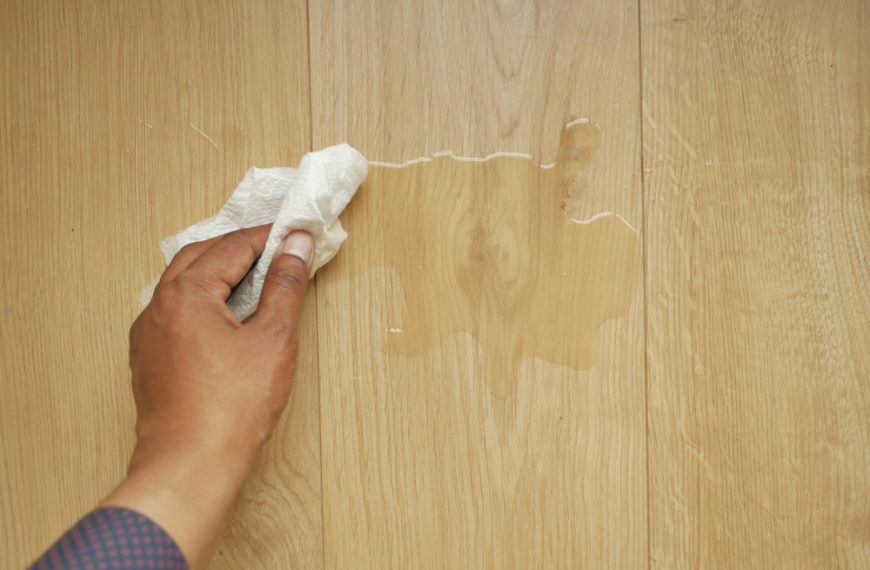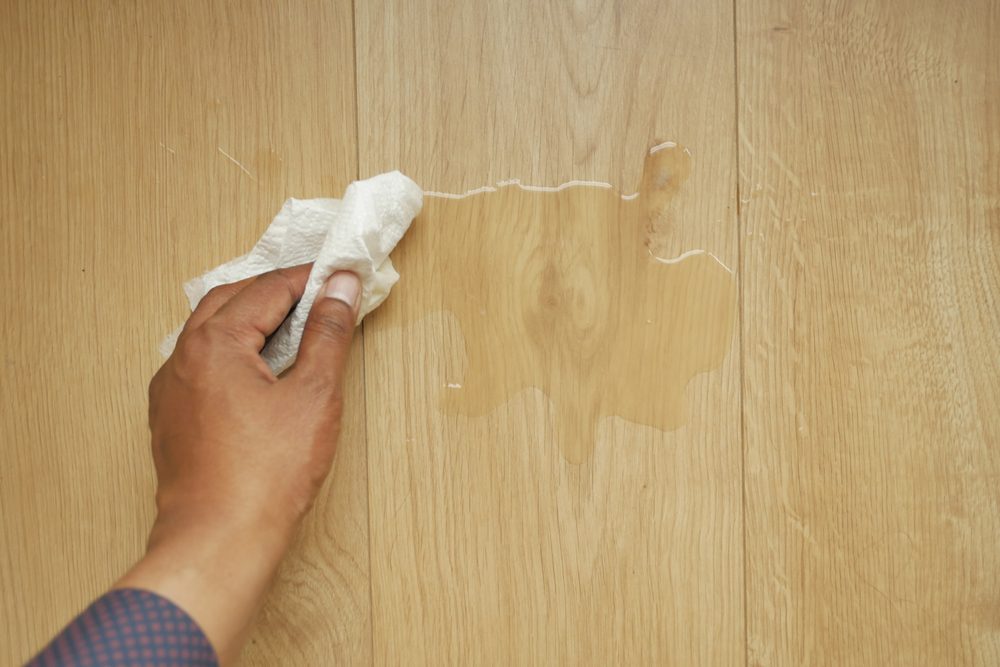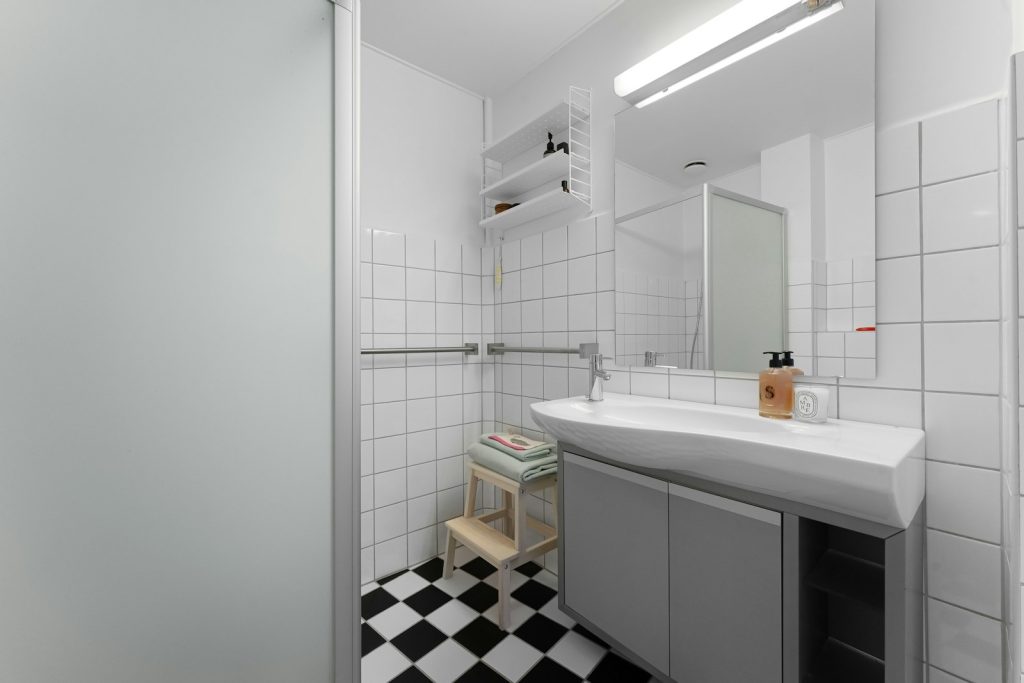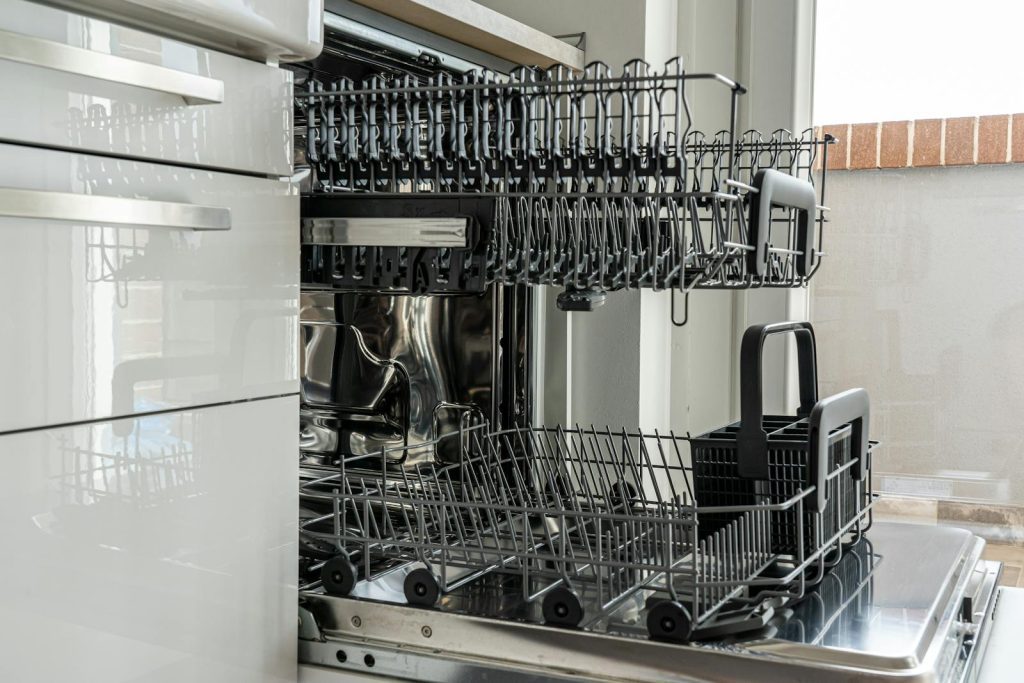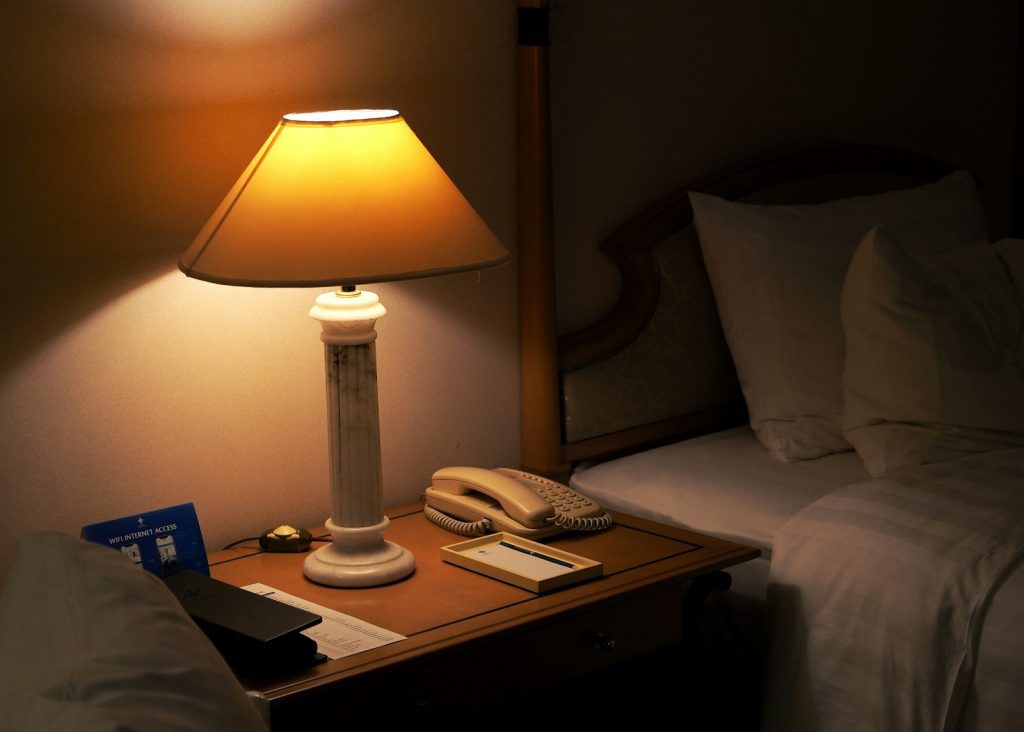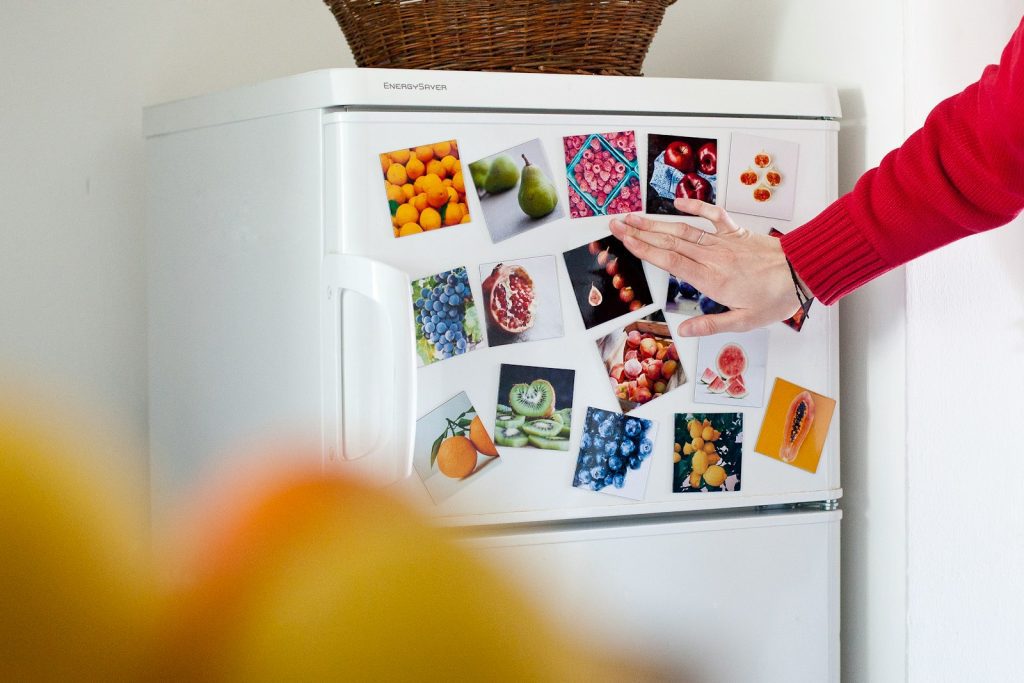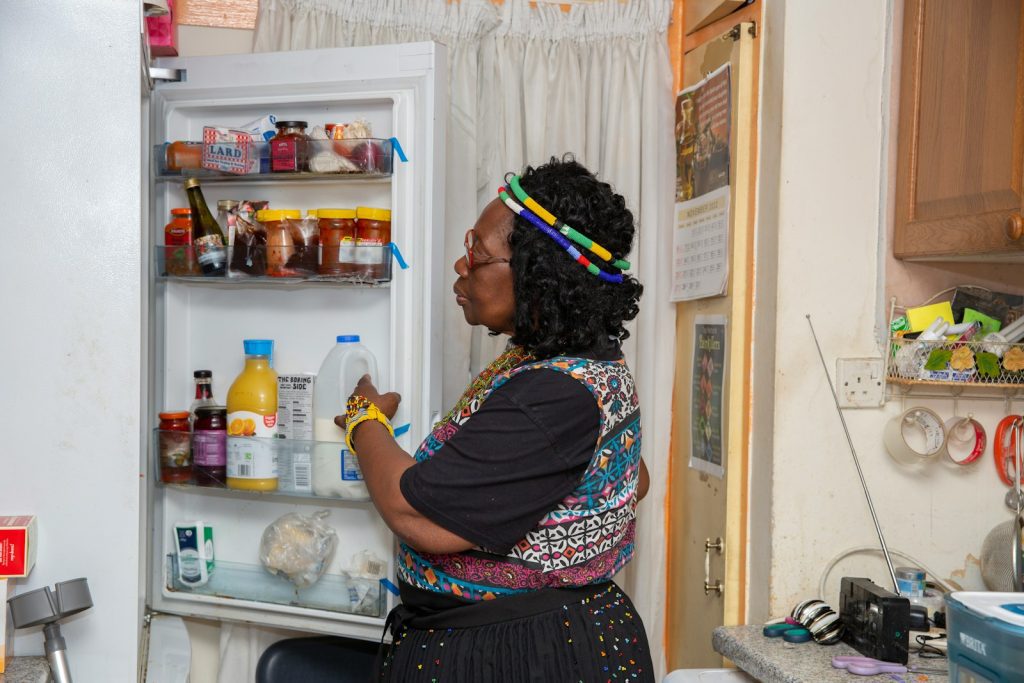Buying things can feel satisfying at the moment, but it often leads to clutter that takes up space and adds stress. You might find yourself stuck in a pattern where new purchases quickly turn into unwanted mess. Understanding this cycle is the first step to making changes that benefit your space and your budget.
Breaking the buying-clutter cycle means learning how to control impulse purchases and become more mindful about what you bring into your home. By making small shifts in your habits, you can stop the buildup of unnecessary items and create a more organized, calmer environment that reflects what you truly need.
Start a 30-day no-buy challenge

You can reset your spending habits by committing to a 30-day no-buy challenge. During this time, avoid purchasing anything non-essential.
Track every purchase you usually make, and write down your progress daily. Reflect on your spending patterns to understand what triggers unnecessary buys.
Sticking to this plan helps you see where your money goes and builds awareness. It’s a simple way to break the buying-clutter cycle one day at a time.
Create and stick to a wish list

When you want to buy something, add it to a wish list instead of buying it right away. This helps you think about whether you truly need the item.
You can review your list over time and prioritize what really matters. Sharing the list with friends or family can guide gift-giving too.
Sticking to your wish list can reduce impulse purchases and help you stay on track with your goals.
Unsubscribe from marketing emails

You likely receive many emails pushing products you don’t need. These messages can tempt you into impulse buying.
Take a few minutes to unsubscribe from these emails. Most providers, like Gmail, offer easy unsubscribe links right at the top.
If you get emails without an unsubscribe option, you can mark them as spam or set filters to keep your inbox clean. This reduces distractions and helps you avoid clutter-building purchases.
Limit time on shopping apps

You can reduce impulse buys by setting specific time limits for using shopping apps. Try using app timers or phone settings that block access after you reach your limit.
Removing apps from your home screen or logging out can also create small barriers, making it less tempting to open them without thinking.
When you limit your time, you create space to think before buying, which helps prevent clutter from building up over time.
Practice mindful shopping by asking if you really need the item

Before you buy something, take a moment to ask yourself if you truly need it. This small pause can help you avoid impulse purchases that add to clutter.
Think about whether the item serves a real purpose or just satisfies a momentary want. Focusing on necessity can save both money and space.
By being intentional with your purchases, you bring only meaningful items into your life. This habit helps break the cycle of buying and clutter.
Declutter regularly to appreciate what you own

You’ll find it easier to value your belongings when you keep clutter under control. Set aside time often to clear out items you no longer need or use.
Decluttering helps you see what truly matters. It can make your space feel more peaceful and remind you of the things you actually enjoy.
By regularly sorting through your stuff, you create room for gratitude. You focus more on the quality of what you have instead of wanting more.
Set a budget for hobbies and stick to it

You can still enjoy your hobbies without overspending by setting a clear budget. Decide how much you’re comfortable spending each month on them and track your expenses.
Using cash for these purchases can help you stick to your limit. Once it’s gone, no more spending until the next budget cycle.
This way, you keep your hobbies fun without adding clutter or breaking the bank.
Avoid browsing stores or online shops for fun

You can easily fall into the trap of browsing stores just to pass time. This often leads to unplanned purchases and more clutter.
Try to limit your visits to physical stores and reduce your time online in shopping apps.
When you feel the urge to browse, find a different activity to distract yourself. This helps break the habit of shopping for entertainment.
Unsubscribing from marketing emails can also reduce temptation and stop you from opening online stores out of habit.
Replace shopping with a free or low-cost activity

When you feel the urge to shop, try choosing an activity that costs little or nothing instead. Taking a walk, visiting a local museum, or reading a library book can fill your time meaningfully.
These options help redirect your focus away from buying more stuff. You might also try something creative like drawing or cooking with what you already have.
By replacing shopping with simple activities, you reduce clutter and enjoy new experiences without spending extra money.
Use a waiting period before purchases, like 48 hours

When you feel the urge to buy something, give yourself a break and wait at least 48 hours. This pause helps you decide if you really want the item or if it’s just a momentary feeling.
During this time, you might realize you don’t actually need it. It also lets you avoid spending when you’re tired, stressed, or emotional.
This simple rule can save you money and reduce clutter by slowing down impulse buys.
Donate or sell items before buying new ones

Before bringing new things into your home, look through what you already have. Selling or donating items you no longer use helps clear space and reduces clutter.
Donating only works well if your items are in good condition. Broken or damaged stuff should be recycled or trashed instead.
Selling can also put a little money back in your pocket. This step makes you think twice about whether you really need to buy something new.
Identify emotional triggers that lead to shopping

You might shop more when stress or anxiety build up. Shopping can feel like a quick way to escape uncomfortable feelings.
Sometimes, boredom pushes you to buy things just to fill time. Excitement from sales or promotions can also make you impulsively grab items.
Recognizing these emotional triggers is the first step to stopping the cycle. When you know why you shop, you can make clearer decisions.




